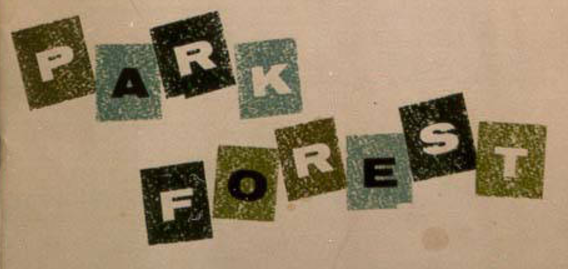
Document Type
Report
Publication Date
1965
Abstract
This case study covers the first stages of a contemporary effort by a group of citizens to plan and thereby satisfy certain educational needs of those outlying communities of Chicago collectively known as "south suburbia". The college is intended to serve not only the local locale but also to serve as a prototype for similar institutions in other sub-metropolitan areas. The study was undertaken with the expectation that a detailed, analytic attempt at an examination of a particular attempt to meet needs for higher education would illuminate a number of conditions affecting the establishment and operation of higher institutions of learning.
The time period covered is approximately 6 years, from the first tentative discussions to the end of 1964.
(From the introduction.)
The plans, decisions, and events which took place during the first stages of founding a new college in a Chicago suburb were detailed. The investigator expected that accounting for all the initial founding operations in a single case study would reveal specific patterns of interaction. These could then be used for identifying most of the factors ultimately crucial to the success or failure of establishing a new college. Implications were that the scope of the activity was extensive enough in its involvement of persons, groups, agencies, plans, and projections, and different resources over a sufficiently long period of time (6 years) to have encompassed most of the major decisions and problems which inevitably would be encountered in other attempts which might be undertaken. (ERIC Clearinghouse abstract)
This research was also presented in a 1965 Ed.D. dissertation, University of Chicago by the author, "A College in Park Forest: A Study of the First Stages of a Contemporary Effort to Build a College in Suburbia", (UC thesis number T-11805) available in the Governors State University Archives.(archives@govst.edu) and through Proquest Digital Dissertations reprint service.
Recommended Citation
Kelly, Samual Patrick, "Study of a Contemporary Effort to Build a Prototype College in Suburbia" (1965). Park Forest. 9.
https://opus.govst.edu/region_parkforest/9
Included in
Educational Leadership Commons, Higher Education Commons, Higher Education Administration Commons, Social and Philosophical Foundations of Education Commons

Comments
Includes relevant discussion of the early development of Park Forest, and demographics of Park Forest and the south suburbs of Chicago.
The research reported herein was supported by the Cooperative Research Program of the Office of Education, U.S. Department of Health, Education, and Welfare.
University of Chicago Cooperative Research Project No. S-233, 205 pages.
This report was digitized from a ditto master copy of the manuscript, Governors State University Archives, box 154, from the papers of Dr. William Engelbrecht.
See attached additional file: Letter from Park Forest Village President Bernard (Barney) G. Cunningham to Dr. William Engbretson, Governors State University.